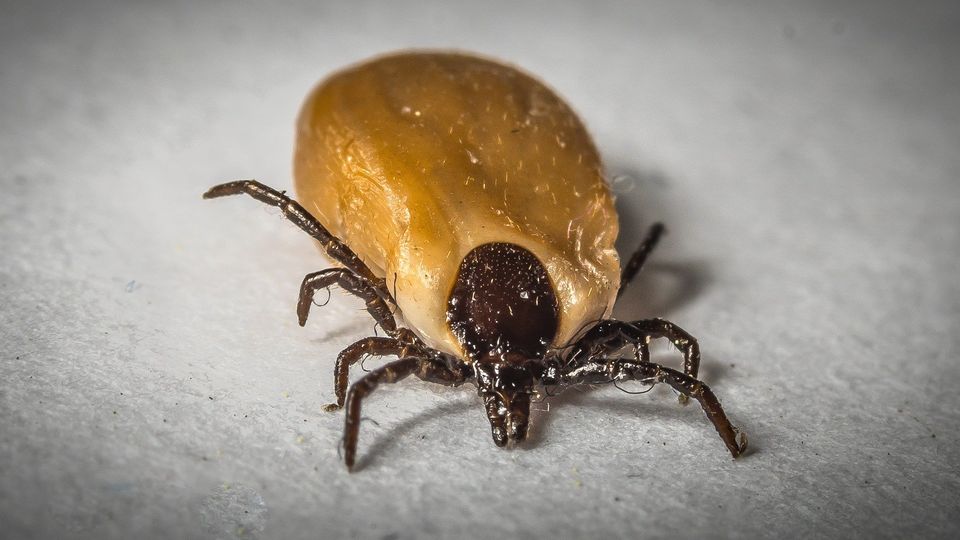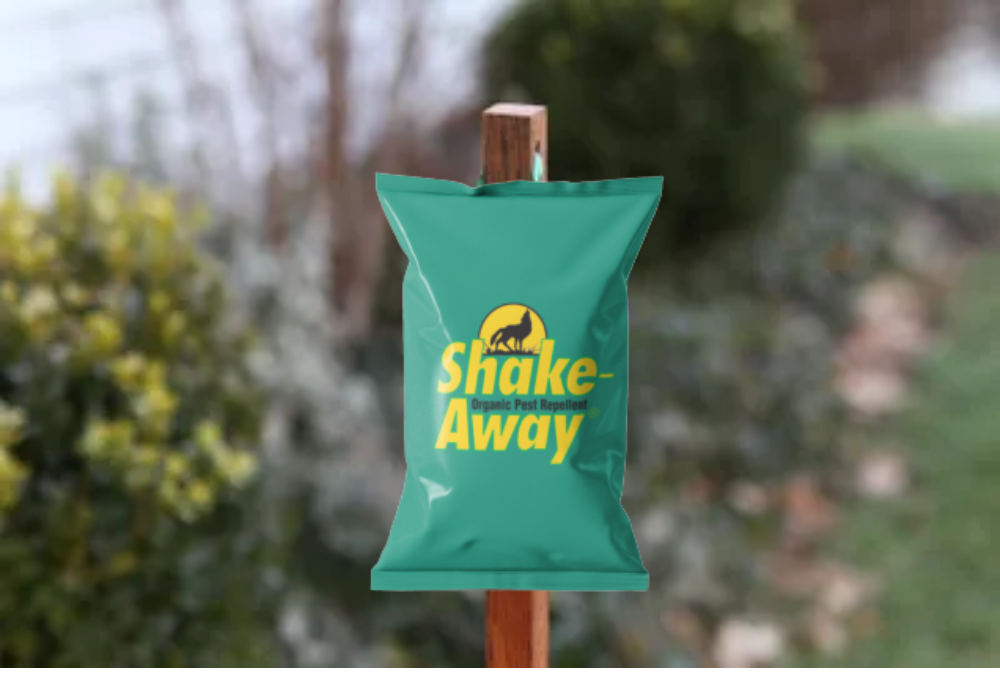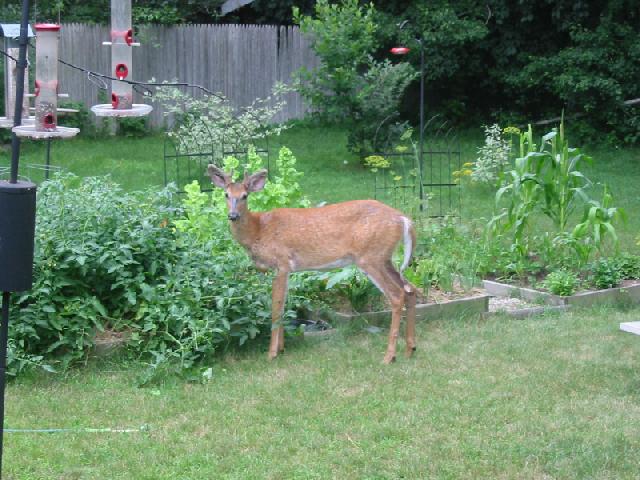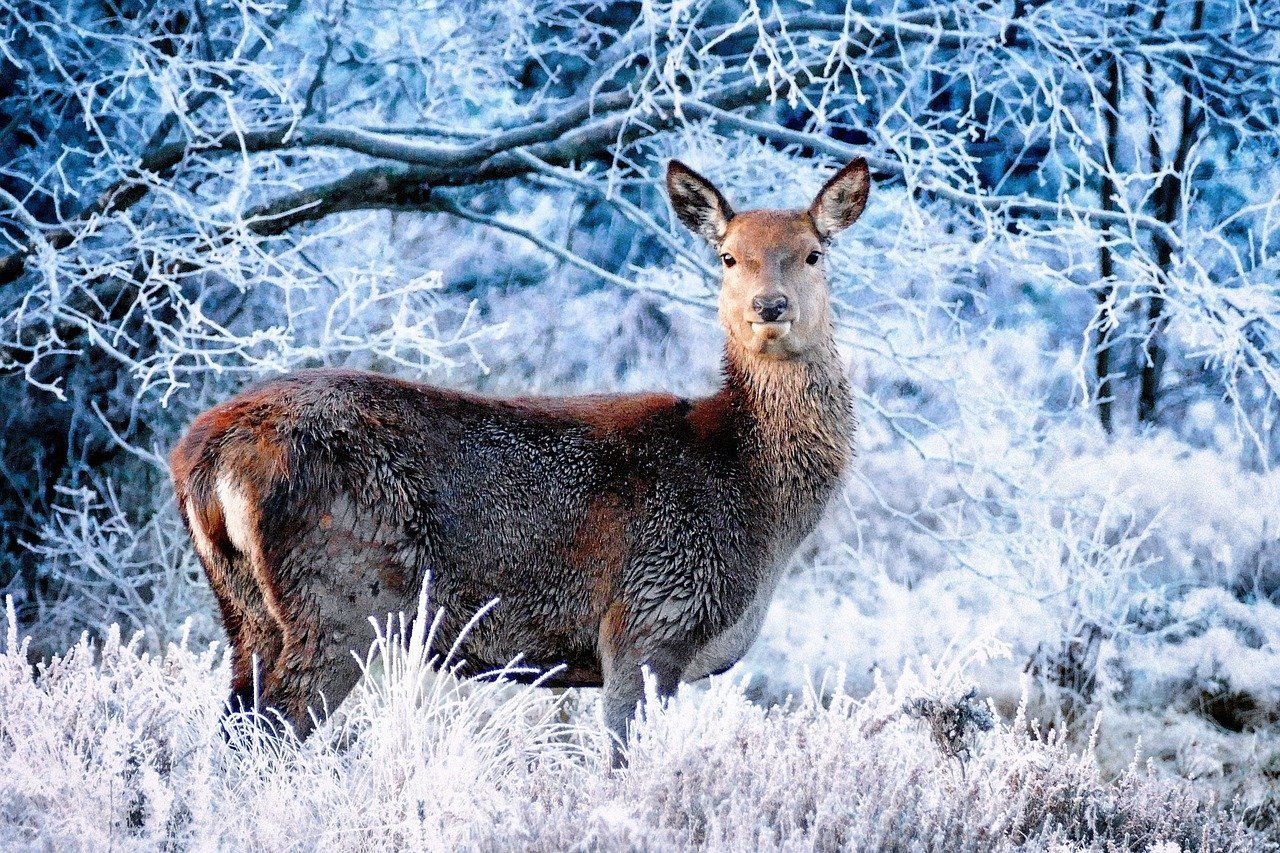The Dangers of Lyme Disease
Another Reason to Keep Deer Away from Your Yard
With spring behind us and as we move into the heart of summertime, we find ourselves also in the heart of tick season. For those who live in the northeast or midwestern portion of the United States, the tick battle started back in March or April when black-legged ticks start working their way out of hibernation.
With tick season comes the risk of various illnesses carried by these stealth insects. Lyme disease, which is perhaps the most well-known is caused by Borrelia burgdorferi, a likely serious bacterial infection that affects both humans as well as animals. It is the best-known tick-borne disease noted in the United States. And unfortunately, the incidence of this illness has been on the rise in recent years.
Another common illness that is often less known, perhaps because of the complicated name, is anaplasmosis. This disease was previously acknowledged as human granulocytic ehrlichiosis (HGE) and was first recognized in northern states such as Minnesota, in the early 1990s. This illness is transmitted to people by black-legged ticks (aka deer ticks), the same ticks that pass on Lyme disease.
Not all deer ticks carry Lyme disease
Deer ticks are not born with Lyme disease, which is a common misconception. In reality, deer ticks don’t exactly carry Lyme disease. However, when a deer tick feeds on a deer or rodent that has been poisoned with Borrelia burgdorferi, it makes its way into the tick’s gut and proceeds to the tick’s salivary glands. Once in the glands, the bacteria can make its way into the person when the tick presumes to feed again. When Borrelia burgdorferi enters a person, it can turn into Lyme disease if the person’s immune system is not able to combat and neutralize it.
Most cases of Lyme disease are reported in Connecticut, Delaware, Maine, Maryland, Massachusetts, Minnesota, New Hampshire, New Jersey, New York, Pennsylvania, Rhode Island, Vermont, and Wisconsin, but there is a known presence of deer ticks in all 50 states.
Symptoms of Lyme Disease
The first symptoms that you have contracted Lyme disease is usually a bulls-eye shaped rash. You may also experience flu-like symptoms of fatigue, fever, sore throat, headache, chills, or body aches, and joint pain. Some sufferers of Lyme disease also get other symptoms including stiff neck, sensitivity to light, memory loss, mood changes, reoccurring rashes, and even paralysis in one or both sides of the face, heart arrhythmia, and areas of tingling or numbness.
If you believe that you have contracted Lyme disease , in particular, if you discern the aforementioned bulls-eye rash or if you develop knee pain or swelling without the incidence of a previous injury or arthritis, it is important that you seek treatment immediately from a physician. Delaying treatment and proper medical care can lead to further and severe neurological symptoms that can be very difficult to treat or cure.
Controlling the dangers of deer ticks
There are several natural ways to reduce the risk and danger of deer ticks on your property. Here are some easy to follow yard care techniques that can help reduce the population and occurrence of deer ticks in your yard:
- Remove leaf litter regularly by raking and hauling away to a land refuse center or by mulching your lawn.
- Clear tall grasses and shrubbery around your home and at the edge of your lawn.
- Create a three-foot wide barrier of wood chips, mulch, or gravel between your lawn and wooded areas to restrict the migration of ticks.
- Mow your lawn frequently.
- Discourage rodents that often carry ticks by stacking wood and storing it neatly in a dry area.
- Keep decks and patios, as well as swing sets and jungle gyms away from yard edges and trees, and clean and disinfect regularly.
- Discourage unwelcome animals from entering your yard by constructing fences.
Use an all-natural deer repellent
Deer can be especially damaging to your yard and garden, not to mention that they are common carriers of deer ticks. Traditional deer repellents are usually created as spray-on formulas that must be frequently applied directly to your plants and deer-prone areas. These products typically use taste or odor or both to make your plants and yard less attractive to deer. Deer Repellent Packs , on the other hand, include a granular repellent contained within a breathable weather resistant pouch that is easily hung from the branches of a tree, from a fence post, etc. These packs are 100% natural, easy to use, weather-proof and long-lasting, and guaranteed to work.













